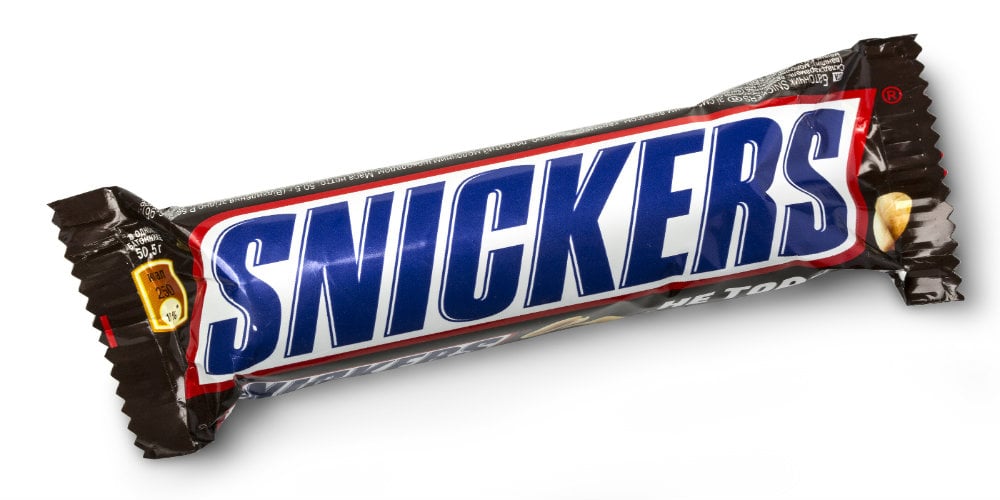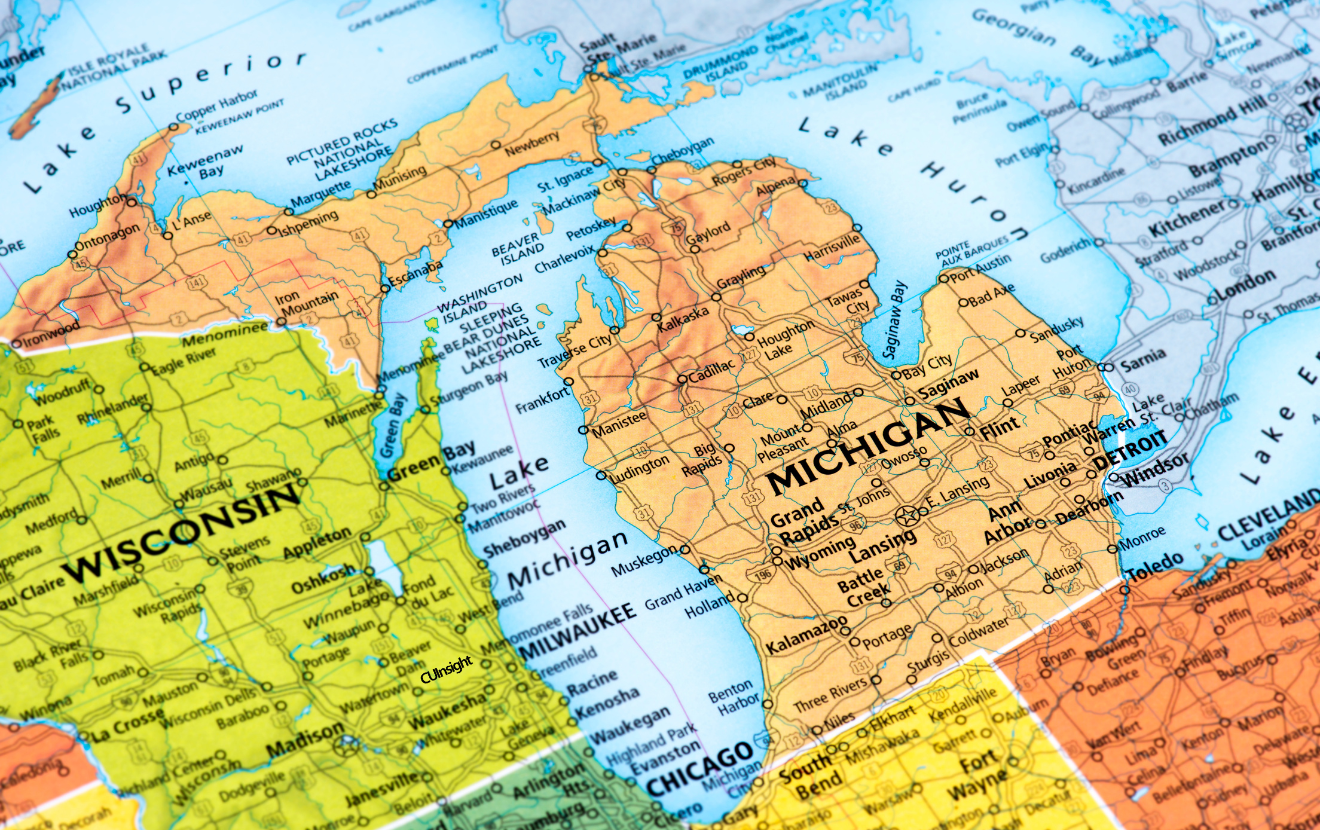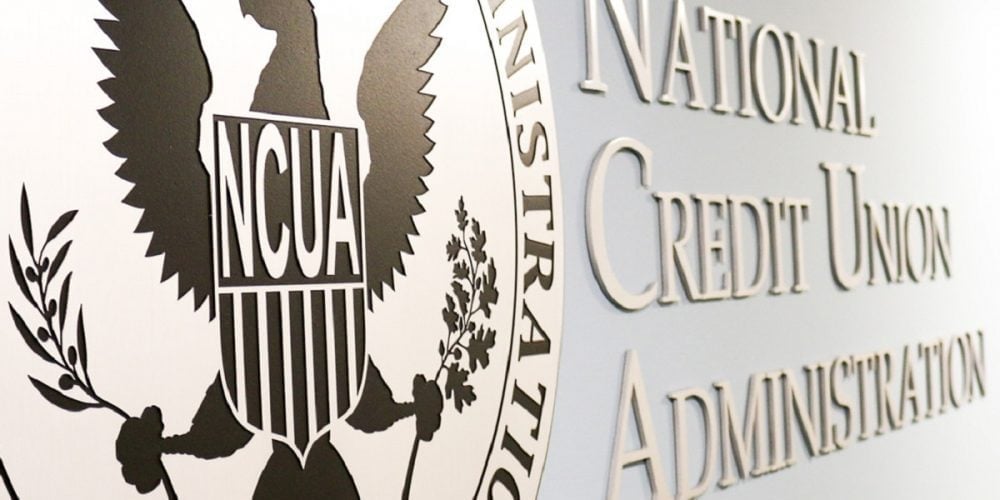Do you wish you could make a change as simple as one word in an advertisement and have your conversions shoot up 38 percent?
Well, the good news is this is not a pipe dream. Making simple changes to a message so it works with the brain’s natural buying tendencies can have a significant impact on sales (even when you are “selling” memberships, credit cards, and checking accounts). The field that does this work is called behavioral economics. I like to say it is what you would get if traditional economics and psychology had a baby – the best of both worlds.
Concepts, Not Words
You may be thinking, “What’s the word? I want to add it into all my credit union’s advertisements and social media immediately!” The truth is, it is more about the concept behind the word than the word itself. Let’s start with the research.
In this particular study, Snickers bars were being advertised on grocery store end-cap displays. In one version, the sign said:
“Snickers bars, buy them for your freezer”
And the other:
“Snickers bars, buy 18 for your freezer”
I think we can all agree that 18 is not a normal number of Snickers bars to buy. And, as a marketer, we try and logic our way out of committing to such a big number on an ad. You might say, “Someone will ask me where that big number came from and I don’t want to justify it…plus, ‘them’ is unlimited! Someone could buy 100 Snickers if they wanted, so I’ll go with that.”
As I’m sure you can guess…that would be a mistake. The study found a 38% increase in sales when the number 18 was used instead of the word “them.”
Why?
The Number Becomes An Anchor
If you were walking through the store and saw the ad saying “buy them for your freezer” you might not even notice it. If you did, you would likely end up getting 2 or 3 Snickers bars.
But the large number of 18 would probably catch your attention. You’d instead think, “18? I’m way better than everyone else, I don’t need 18 Snickers bars! I’ll just get 6.”
This is the same reason why people buy more cans of soup when they are listed as “10 for $10” than when they are listed at “$1 each” – a concept called anchoring and adjustment in behavioral economics.
The human brain is lazy and it uses rules of thumb like this to make all its decisions. In anchoring and adjustment, it will latch onto the number (in this case 18) and move up or down from there. Without including this high anchor, the default anchor is zero because you did not intend to buy any Snickers bars.
Without a high anchor, the advertiser is overcoming a hurdle of “buy or don’t buy.” With it, the question shifts and becomes “How many should I buy?” – a much better place for any business to be in.
How Your Credit Union Can Use This
In my last post I talked about framing a checking account product for a credit union, where I recommended they switch from talking about rate to asking the question, “Did your checking account pay you $315 last year?” (In case you haven’t read it yet, the result was a 60% increase in checking account openings month over month.)
While this shows framing in action, it is also using a high anchor by introducing the $315 amount. The member’s brain will lock in on this and shift down through potential benefits they can get. Your credit union is now associated with getting over $300 in benefit (while their old financial institution is shifted to a very low or zero dollar anchor).
Combining framing with anchoring and adjustment can make a huge impact on conversions, so don’t be scared to throw around some big numbers in your credit union to set some high anchors.
How will you implement this in your credit union? I look forward to hearing about it in the comments! And, if you have a question about incorporating behavioral economics into your credit union, come over and like The Brainy Business Facebook Page where I go live every week to answer your questions.







